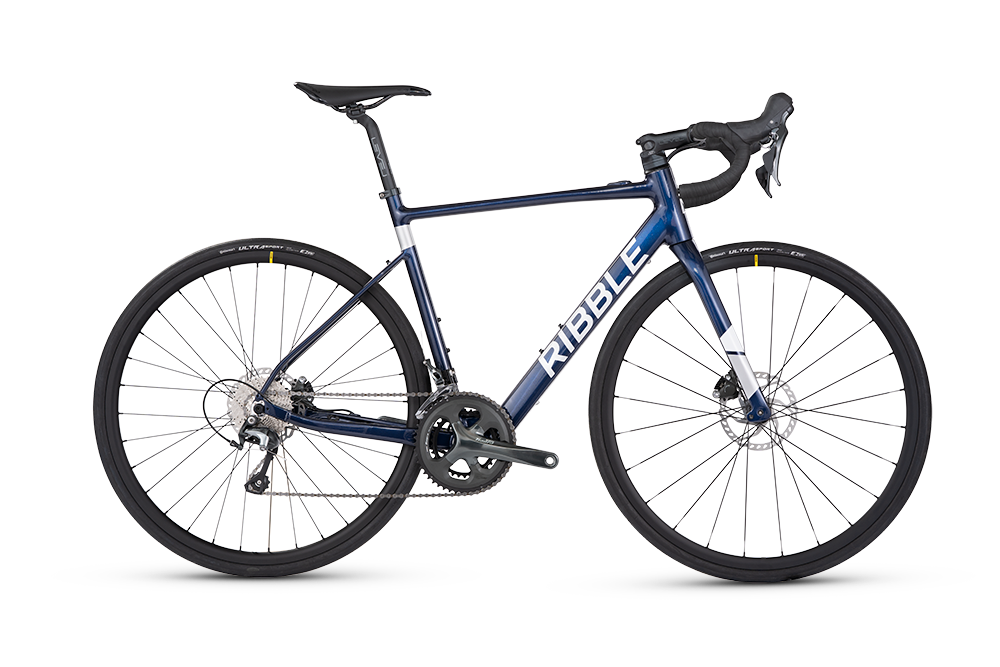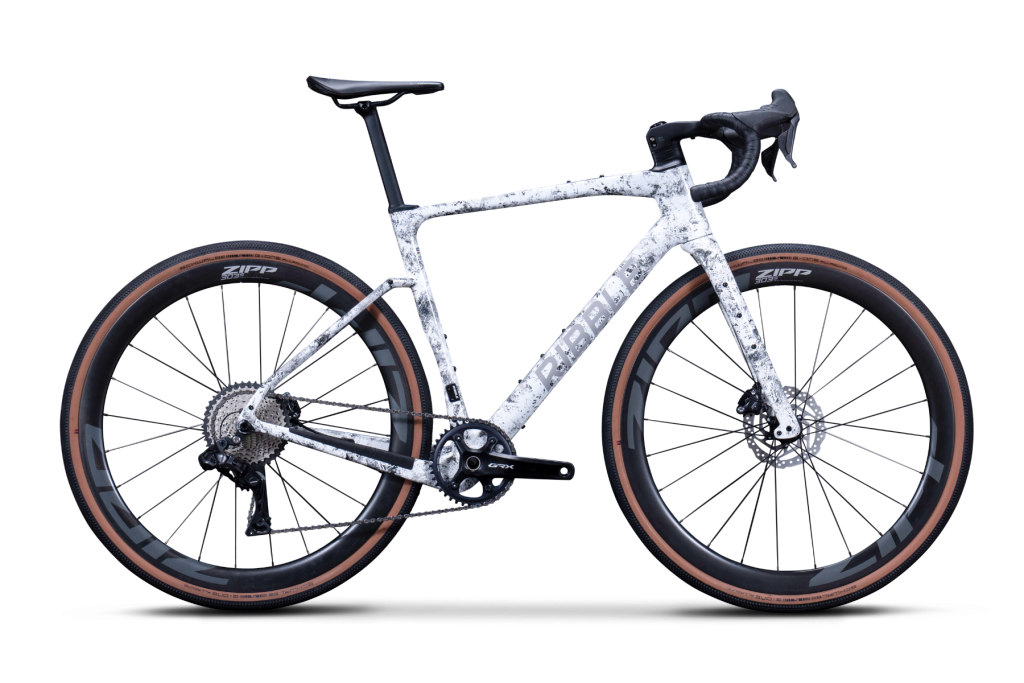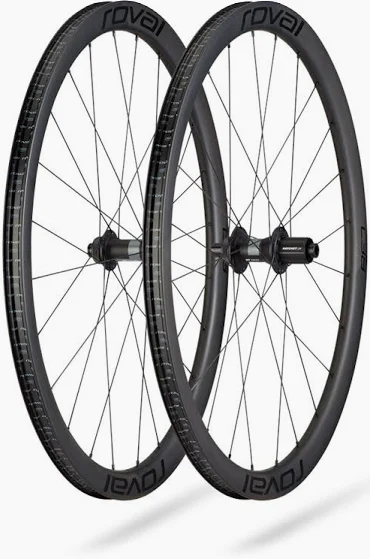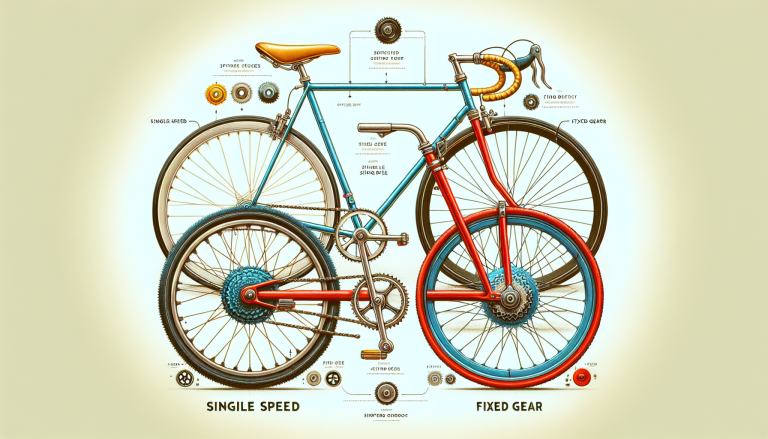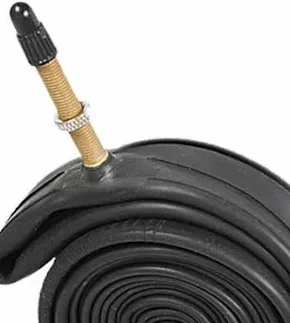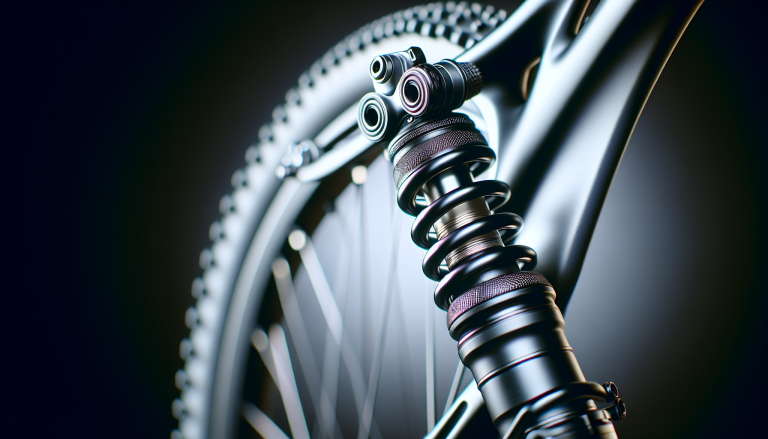In this article, we will explore the fascinating world of road bikes and uncover the diverse range of options available to you. From sleek and speedy options to endurance-focused designs, there’s a road bike out there that perfectly suits your needs and preferences. So, buckle up and get ready for a thrilling ride as we discover the various types of road bikes that can take you on your next adventure.
Table of Contents
Toggle1. Racing Bikes
Racing bikes are designed for speed and performance on the road. They are built to be lightweight, aerodynamic, and nimble, allowing you to ride at high speeds and maneuver through corners with ease. There are several types of racing bikes that cater to different disciplines and racing styles.
1.1 Road Racing Bikes
Road racing bikes are the most common type of racing bike and are used in traditional road races. These bikes are built for speed and efficiency, with lightweight frames and narrow tires. They often feature drop handlebars and a more aggressive riding position to maximize aerodynamics. Road racing bikes are perfect for those who love the thrill of fast-paced group rides and competitive racing.
1.2 Time Trial Bikes
Time trial bikes, also known as TT bikes or triathlon bikes, are designed for racing against the clock. These bikes are optimized for aerodynamics to reduce wind resistance and maximize speed. Time trial bikes often have a more aggressive geometry, with a steep seat tube angle and extensions on the handlebars to allow for a more aerodynamic riding position. If you enjoy competing in time trials or triathlons, a time trial bike is the perfect choice for you.
1.3 Triathlon Bikes
Triathlon bikes are similar to time trial bikes but with some additional features to accommodate the needs of triathletes. These bikes often have integrated storage options for carrying nutrition and other essentials during long-distance races. Triathlon bikes also have a steeper seat tube angle than time trial bikes, allowing for a more efficient running transition after the biking leg. If you’re a triathlete looking for a bike that can handle both speed and endurance, a triathlon bike is the way to go.
2. Endurance Bikes
Endurance bikes are designed for long-distance riding and provide a comfortable and stable platform for those who enjoy spending hours on the road. These bikes prioritize comfort over pure speed, making them ideal for endurance events or riders who prefer a more relaxed riding position.
2.1 Sportive Bikes
Sportive bikes, also known as endurance road bikes or sportive road bikes, are specifically designed for long-distance rides. These bikes typically feature a more relaxed geometry, with a taller head tube and shorter top tube, resulting in a more upright riding position. Sportive bikes are built for comfort, with features like wider tires for improved stability and better shock absorption. If you enjoy challenging yourself with long rides or participating in sportive events, a sportive bike is a great option.
2.2 Gran Fondo Bikes
Gran Fondo bikes are very similar to sportive bikes, but they are specifically designed for Gran Fondo events, which are mass-participation long-distance rides. These bikes usually have a similar relaxed geometry to sportive bikes, but with some added features like disc brakes for enhanced stopping power and additional clearance for wider tires. Gran Fondo bikes excel in providing comfort for long rides and are perfect for riders who want to enjoy the experience of a Gran Fondo event.
2.3 Audax Bikes
Audax bikes, also known as randonneur bikes, are designed for long-distance and self-supported rides. These bikes are built to handle rough road conditions and can accommodate fenders, racks, and bags for carrying gear and supplies. Audax bikes often have a more relaxed geometry, similar to sportive bikes, to provide comfort during long rides. If you’re someone who enjoys embarking on self-supported adventures and long-distance touring, an audax bike is the ideal choice.
3. Aero Bikes
Aero bikes, short for aerodynamic bikes, are designed to reduce drag and increase speed by minimizing wind resistance. These bikes feature sleek profiles and advanced engineering to cut through the air with minimal effort.
3.1 Aero Road Bikes
Aero road bikes are designed for road cycling with a heavy emphasis on aerodynamics. These bikes feature aerodynamic tube shapes, hidden cables, and integrated components to reduce drag. Aero road bikes often have aggressive riding positions and lightweight frames to maximize speed. If you’re a rider looking to maximize your speed on the road, an aero road bike will help you cut through the wind more efficiently.
3.2 Aero Race Bikes
Aero race bikes are similar to aero road bikes, but they are specifically designed for competitive racing. These bikes often have more aggressive geometries, stiffer frames, and more aerodynamic features to gain every possible advantage in a race. Aero race bikes are perfect for riders who prioritize speed and are looking to get the most out of their performance in racing situations.
4. Touring Bikes
Touring bikes are designed for long-distance travel and carrying heavy loads. These bikes are built to withstand the rigors of extended adventures and provide a comfortable and stable ride.
4.1 Adventure Touring Bikes
Adventure touring bikes are designed for off-road adventures and long-distance travel on mixed terrain. These bikes often feature wider tires for improved traction on gravel or dirt roads, as well as mounting points for racks and panniers to carry gear. Adventure touring bikes have a more relaxed geometry to provide comfort during long rides and offer versatility for various terrains. If you’re someone who enjoys exploring off the beaten path and going on cycling adventures, an adventure touring bike is the perfect choice.
4.2 Fully Loaded Touring Bikes
Fully loaded touring bikes, as the name suggests, are designed to carry heavy loads for extended touring trips. These bikes typically have a robust frame and components built to handle the extra weight of panniers and other gear. Fully loaded touring bikes often have a more relaxed geometry, with a longer wheelbase and more stable handling to accommodate the additional weight. If you’re planning on embarking on a long-term touring journey and need a bike that can handle everything you bring with you, a fully loaded touring bike is the way to go.
5. Gravel Bikes
Gravel bikes, also known as adventure bikes or all-road bikes, are designed for riding on a variety of terrains, including gravel roads, dirt paths, and even paved roads. These bikes offer versatility and the ability to explore new routes beyond traditional road cycling.
Gravel bikes typically feature a more relaxed geometry, wider and knobby tires for improved traction on unpaved surfaces, and mounting points for racks and fenders. They often have disc brakes for better stopping power and a more durable frame for off-road use. Gravel bikes are perfect for riders who enjoy mixing up their road rides with off-road adventures and exploring new routes.
6. Cyclocross Bikes
Cyclocross bikes are designed for the sport of cyclocross, which combines elements of road cycling and off-road racing. These bikes are built to handle a variety of terrains, including grass, mud, and gravel, and have features that enable quick and efficient dismounts and remounts during races.
Cyclocross bikes typically have a more aggressive geometry, with higher bottom brackets and shorter chainstays for improved handling on tight corners. They often feature wider and knobby tires for better traction in challenging conditions, as well as disc brakes for enhanced stopping power. If you enjoy the thrill of off-road racing and the challenge of navigating diverse terrains, a cyclocross bike is the perfect choice.
7. Track Bikes
Track bikes, also known as fixed-gear bikes, are designed specifically for racing on velodromes, which are oval-shaped tracks made for cycling. These bikes have a fixed gear and no freewheel, meaning that the pedals are always in motion when the bike is moving. Track bikes have a simple design with a single gear and no brakes, and they prioritize light weight and rigidity for maximum speed on the track.
Track bikes typically have a more aggressive geometry, with steeper tube angles for optimal power transfer. They often feature drop handlebars for a more aerodynamic riding position and minimalistic frames to reduce weight. If you’re interested in competitive track racing or want a bike that offers a unique and minimalist riding experience, a track bike is the way to go.
8. Fixie Bikes
Fixie bikes, short for fixed-gear bikes, are similar to track bikes but are primarily used for urban riding and commuting rather than competitive racing. These bikes have a fixed gear, meaning that the pedals are always in motion when the bike is moving, just like on a track bike.
Fixie bikes have a simple and elegant design, with a single gear and no freewheel. They are often favored by riders who prefer a more direct and connected feel while cycling. Fixie bikes typically have a more relaxed geometry and often feature flat handlebars for a more upright riding position. If you’re looking for a minimalist and low-maintenance bike for urban commuting or recreational rides, a fixie bike is a great choice.
9. Hybrid Bikes
Hybrid bikes, as the name suggests, combine elements of road bikes and mountain bikes to create versatile bikes suitable for a variety of riding conditions. These bikes are designed for riders who want a bike that can handle both paved roads and light off-road trails.
9.1 Flat Bar Road Bikes
Flat bar road bikes, also known as fitness bikes or urban bikes, are a type of hybrid bike with a flat handlebar instead of a drop handlebar. These bikes offer a more upright riding position and are designed for riders who prefer a relaxed and comfortable ride. Flat bar road bikes often have wider tires than traditional road bikes, providing better traction on different surfaces. If you want a bike that allows you to explore various terrains while providing a comfortable riding position, a flat bar road bike is a great option.
9.2 Fitness Bikes
Fitness bikes, also known as hybrid bikes or comfort bikes, are designed for casual riders who prioritize comfort and ease of use. These bikes typically have a more relaxed geometry and a wide, padded saddle for maximum comfort. Fitness bikes often feature wider tires for improved stability, as well as a range of gears to handle different terrains. If you’re looking for a bike to enjoy leisurely rides around your neighborhood or on bike paths, a fitness bike is the perfect choice.
10. City Bikes
City bikes, also known as urban bikes or commuter bikes, are designed for everyday transportation in the city. These bikes prioritize utility and comfort, making them perfect for commuting to work, running errands, or simply getting around town.
City bikes typically have a relaxed geometry, allowing for an upright riding position and easy visibility in traffic. They often feature fenders to protect you from splashes, racks or baskets for carrying cargo, and integrated lights for safety during nighttime rides. City bikes are designed for convenience and practicality, providing a reliable and comfortable ride for urban environments.
In conclusion, there is a wide variety of road bikes available, each designed to cater to different riding styles and preferences. Whether you’re a competitive racer, a long-distance adventurer, or a casual urban rider, there is a road bike out there that suits your needs. Consider your preferred style of riding, the terrain you will be traversing, and your personal comfort preferences when choosing a road bike. With the right bike, you’ll be able to enjoy the open road and experience the joy of cycling to the fullest.


